In 1137 AD the Orkney Islands were occupied by Christianized Vikings. These Norse Earls of Orkney were a powerful bunch with far-reaching tendrils in the European politics of the day despite their distant location, and the wonderfully historic The Orkneyinga Saga provides an in-depth look at the intrigue, piety, and machinations of this tumultuous period. Kirkwall’s most iconic structure, St. Magnus Cathedral, was born from this socio-political stew and remains the heart of Orkney’s busiest town almost 900 years later.
A stroll through pretty Kirkwall’s cobbled streets inevitably leads you to St. Magnus Cathedral’s rosy, red eminence. The cathedral looms over Broad Street in an attractive green space next to the Bishop’s and Earl’s Palace just a few blocks from the harbor. Today St. Magnus Cathedral yet serves as a place of worship for Orcadians as well as common wedding venue and tourist attraction.
The story of the cathedral begins in 1117 when Earl Magnus and his cousin, Earl Hakon, jointly ruled the Orkney Islands. Magnus was famous for his piety and gentleness while Hakon was more of what we might think of as a classic Viking. Their followers generally disliked one another, and as the situation came to a head the two sides met at a thing ready for battle. Instead, the two earls negotiated peace and agreed to meet on the isle of Birsay with a pair of ships each.
Magnus abided by the rules of the agreement, but Hakon showed up with eight ships and captured Earl Magnus. Such treachery grew deeper as Hakon’s offer of exile or imprisonment was overruled by a council of chieftains who said one earl must die. None but Hakon’s cook would strike down Earl Magnus, and the peaceful earl was murdered and buried on Birsay.
More than a decade later, Earl Magnus’s sister-son, Rognvald Kolsson came to Orkney to claim his uncle’s share of the earldom. With a bit of effort he managed to disappear Earl Paul, the successor to Earl Hakon, and begin building “a stone minster more magnificent than any in Orkney” in honor of his martyred, saintly uncle. Construction of the cathedral would carry on for the next 300 years.
St. Magnus Cathedral is a stunning example of Romanesque architecture with Gothic and Norman flourishes, and the interior, anchored by the grandiose nave, evokes the cathedral’s Scandinavian heritage. Massive red sandstone pillars rise up to an arching ceiling reminiscent of a longship’s keel. Medieval master stonemasons from Durham Cathedral journeyed north to construct this bastion to god and people, for an interesting detail of St. Magnus Cathedral is that is owned by the people of Kirkwall, not the church. Furthermore, where many Cathedrals in Britain were destroyed during the Reformation, St. Magnus Cathedral escaped that fate and now remains the most northerly cathedral in Britain.
Attractive tilework, tapestries, stained glass, and stonework define St. Magnus Cathedral’s interior. Drifting between the columns and chairs through shafts of light you can’t help but feel the cathedral’s age and sanctity. I am not a religious person, but there’s an undeniable power to concerted belief that’s perceptible at places like St. Magnus Cathedral.
The mind drifts to the countless years that have passed in its presence. Earl Rognvald never saw the completion of his cathedral for he was murdered by Scottish chieftains in 1158 (though his bones were later interred here). In 1468 the cathedral passed into Scottish hands with the annexation of Orkney under King James III, and has been protected by the people of Orkney ever since.
St. Magnus Cathedral is a beautiful building in the heart of Kirkwall. Its history and architecture calls back to the Orkney Islands’ Scandinavian heritage and a wild time of religious and political transition. Today St. Magnus Cathedral is among the most handsome cathedrals you’ll find in Britain and truly a light in the far north.

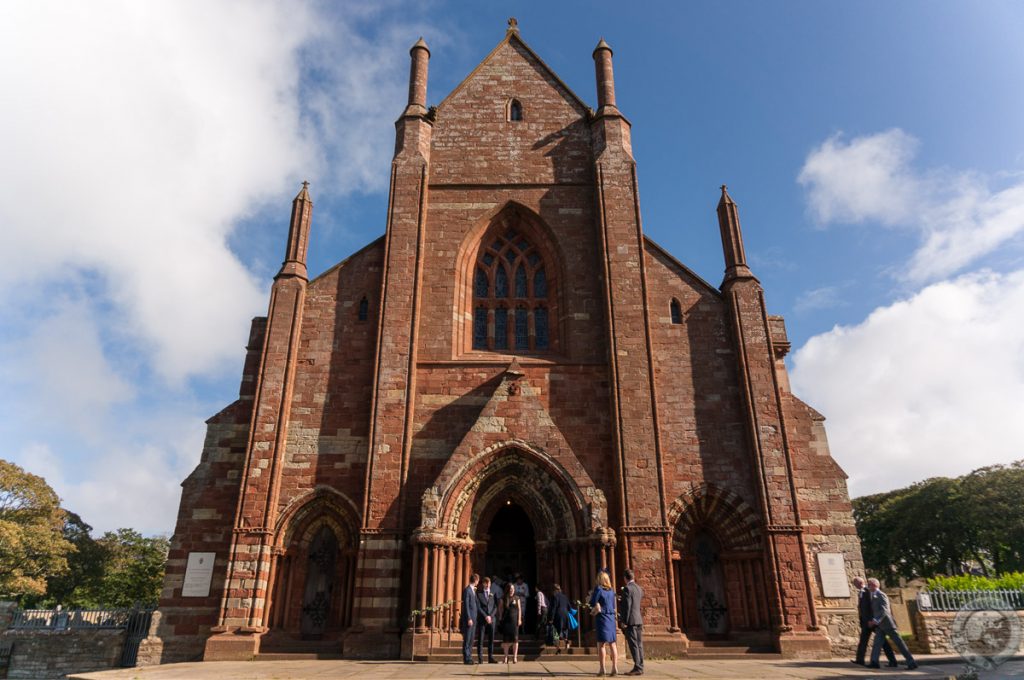
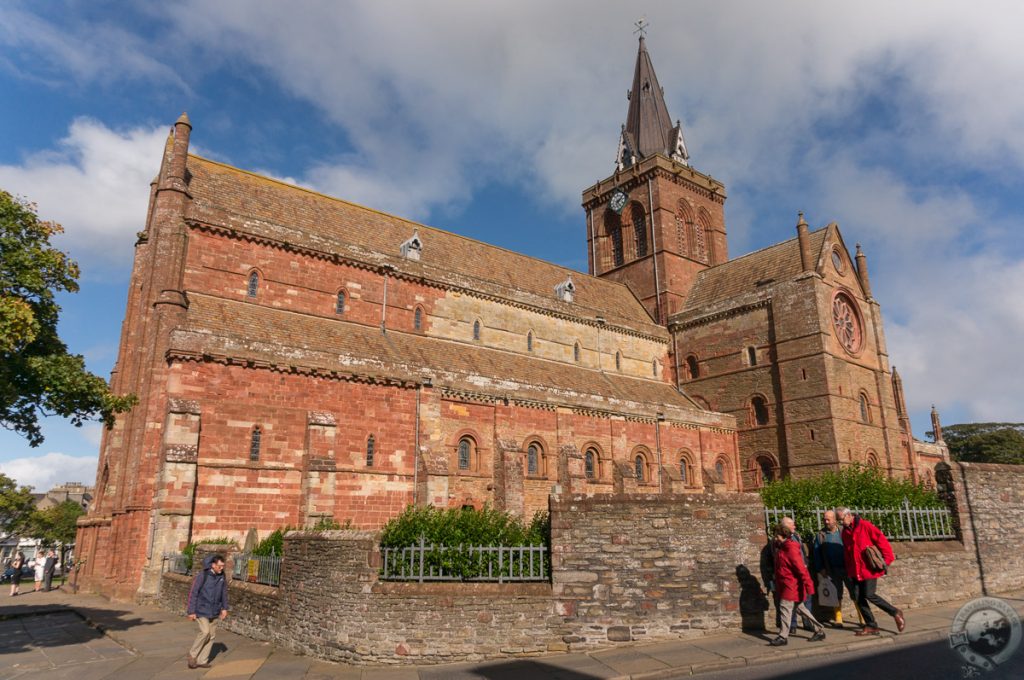
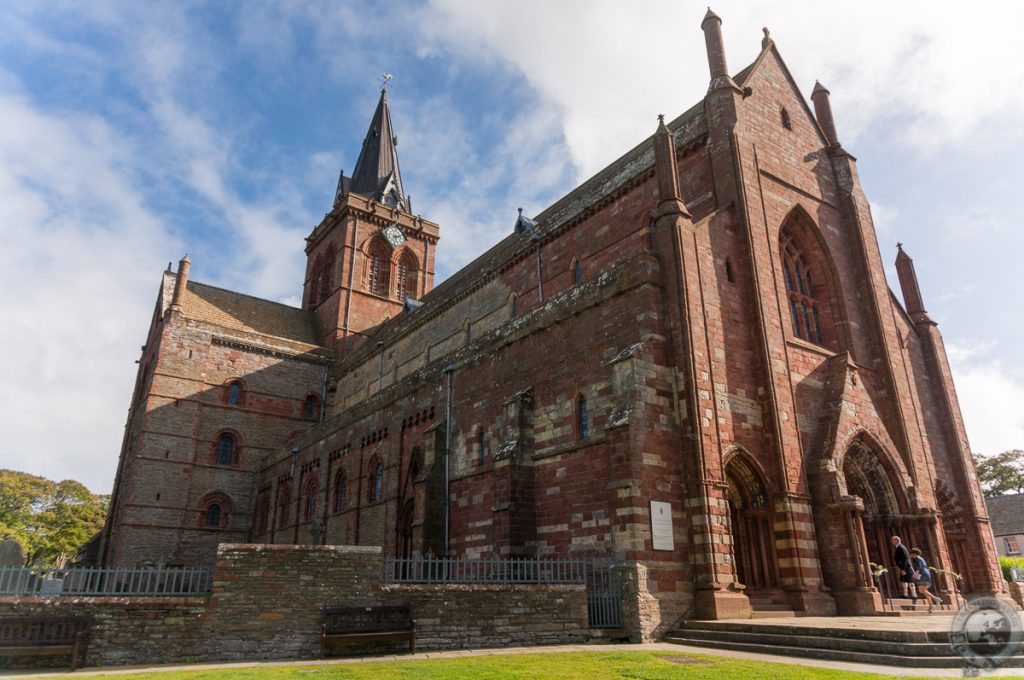
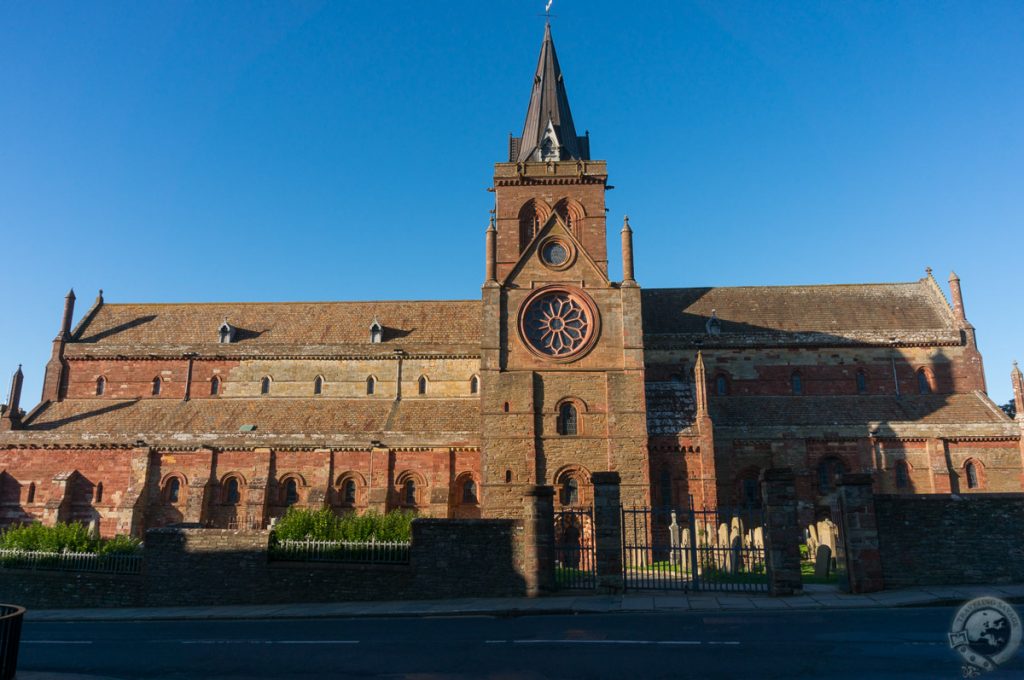
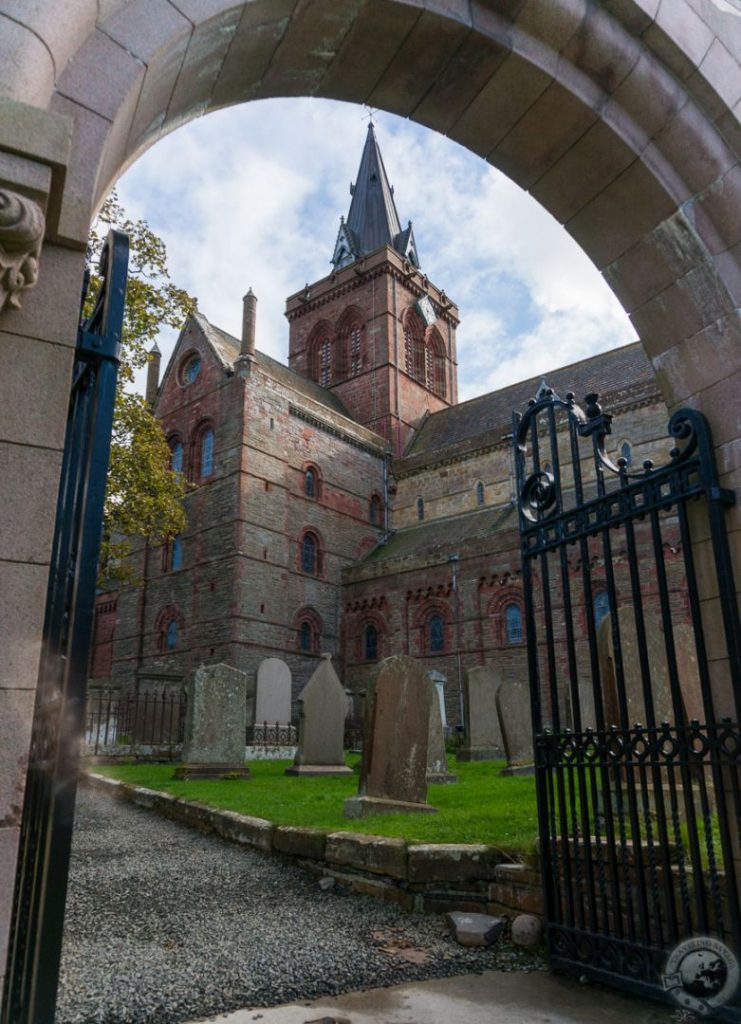
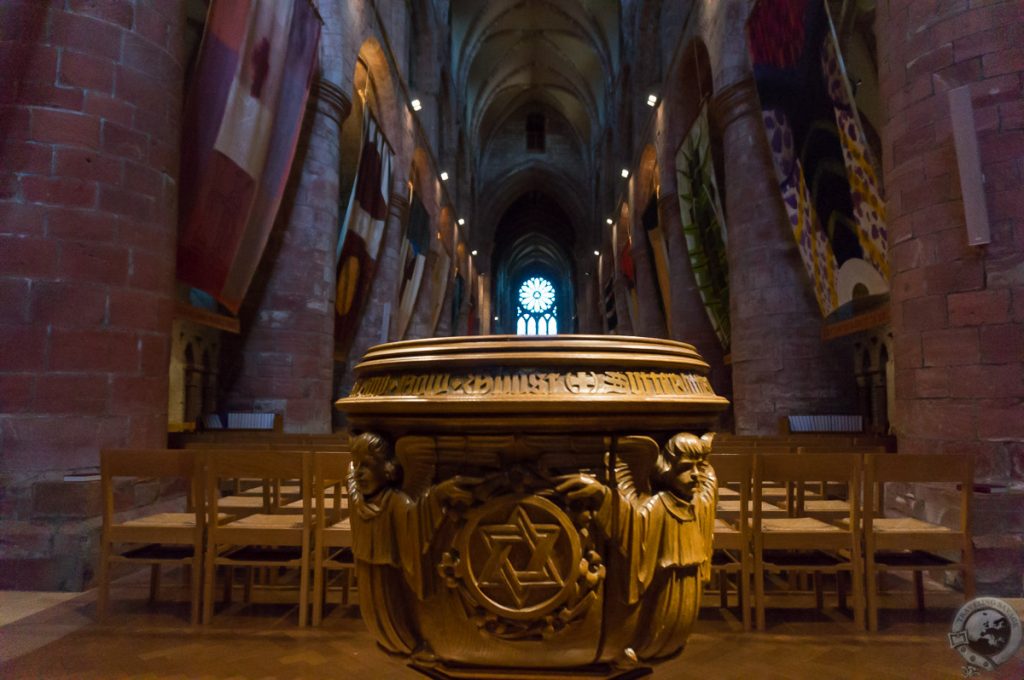
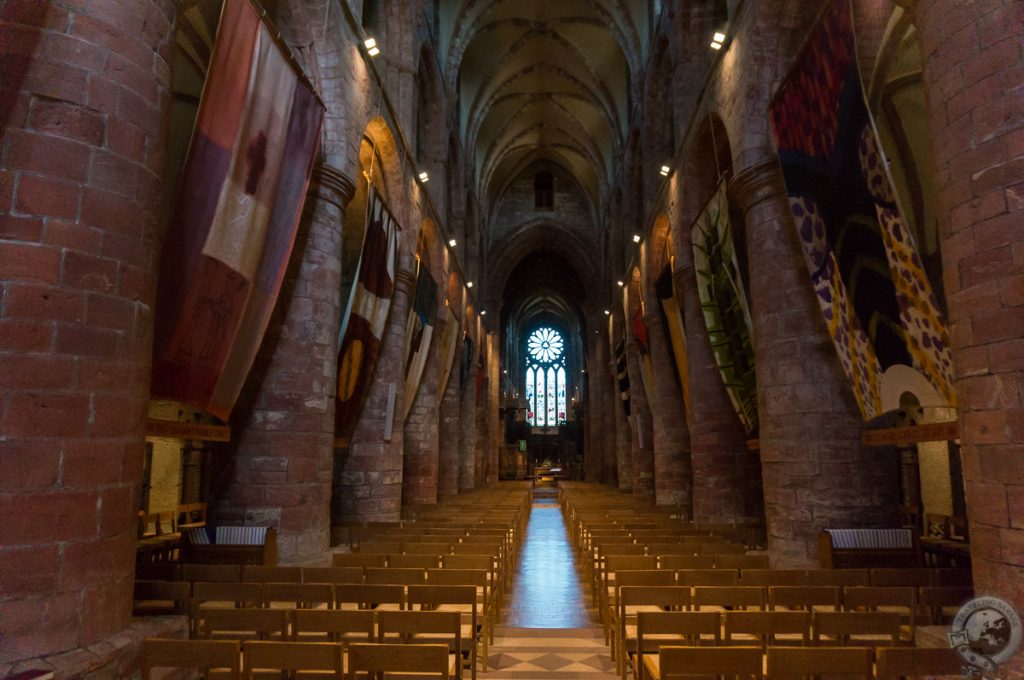
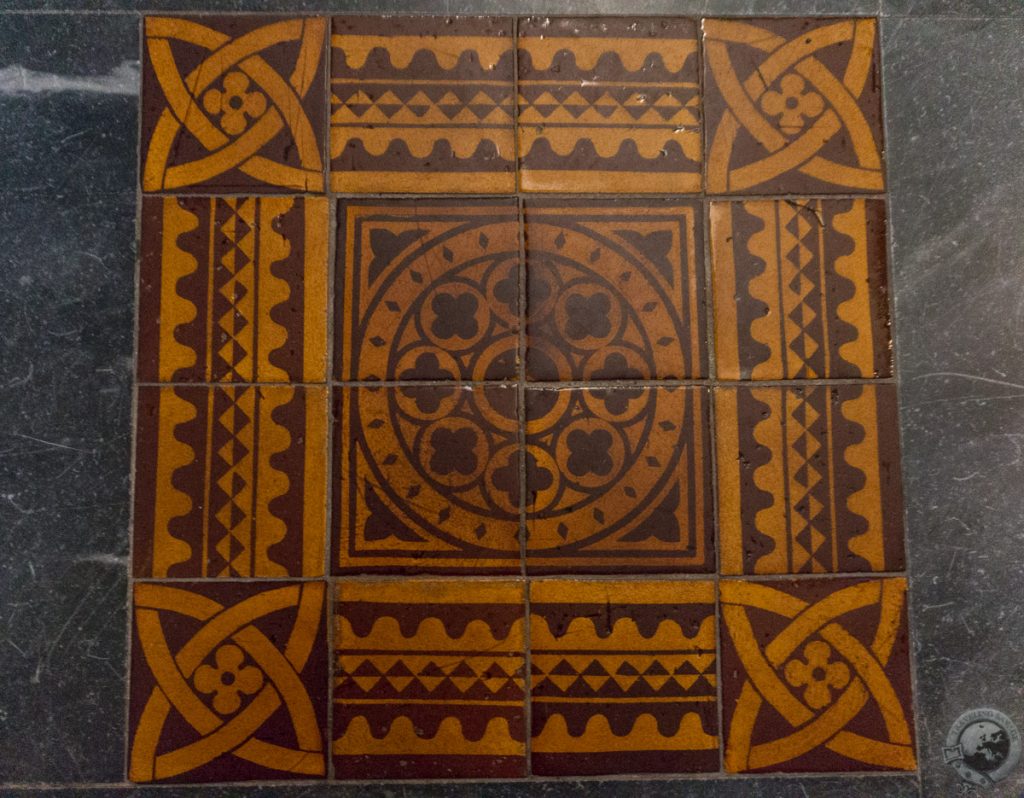
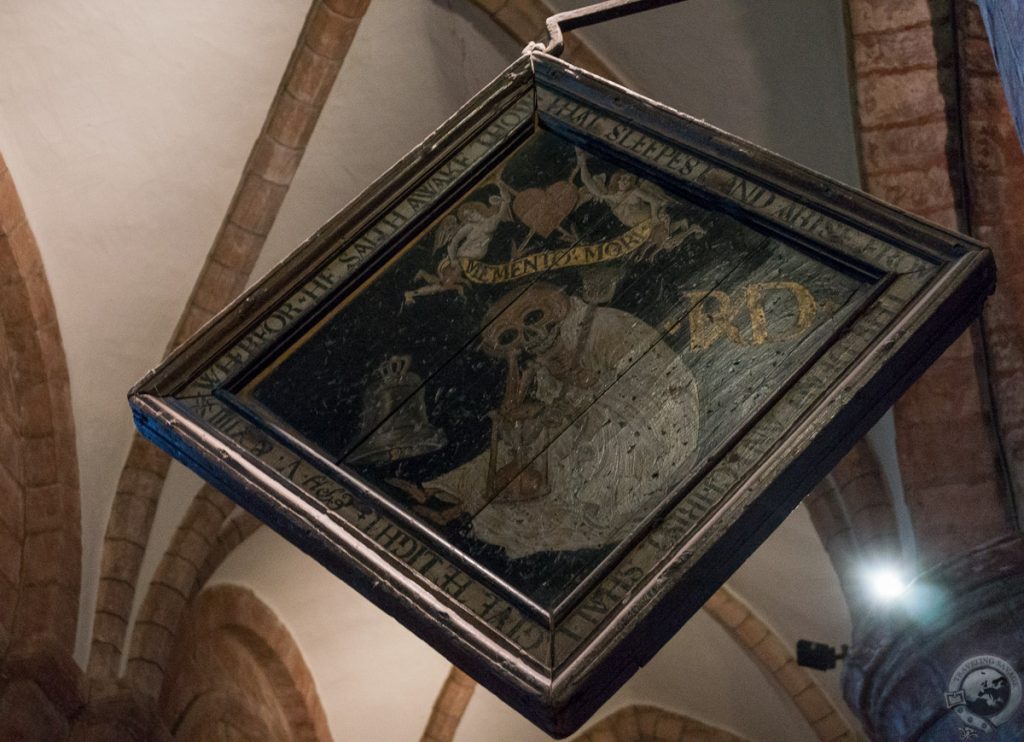

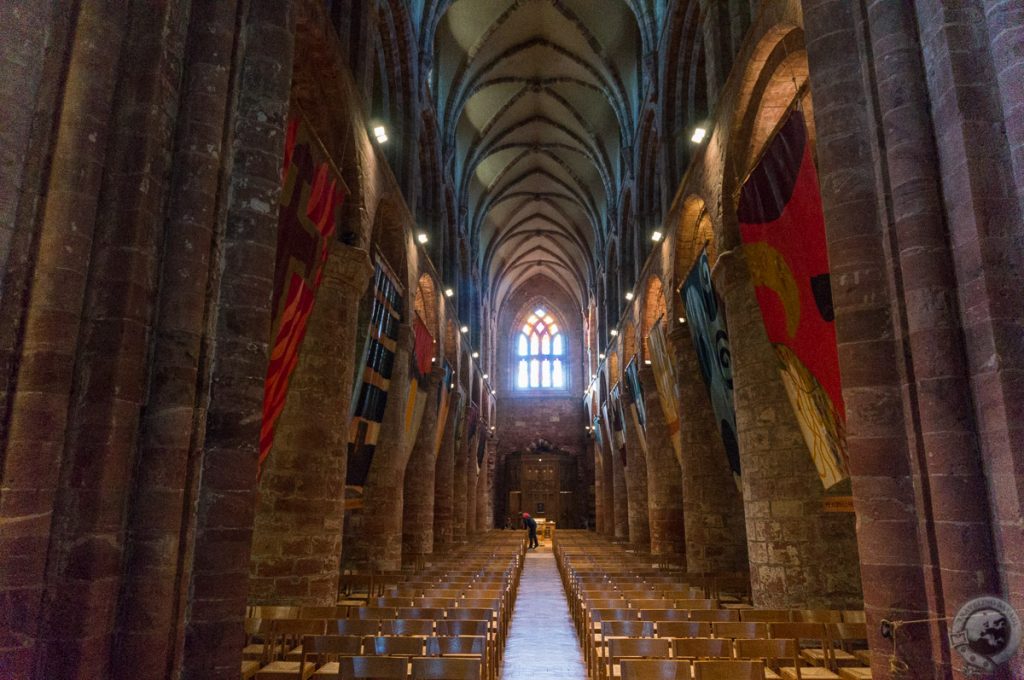
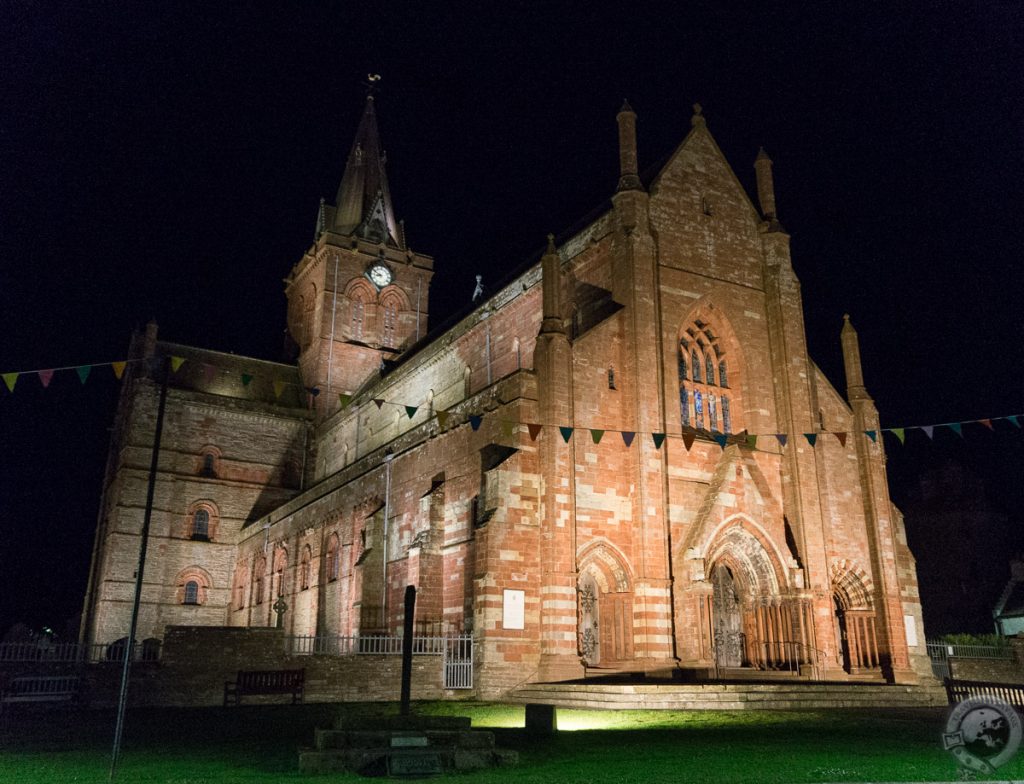
Hi Keith,
I look forward to visiting St. Magnus Cathedral one day. History Scotland has a podcast that they occasionally update, and they had a few episodes dedicated to St. Magnus in May/June of 2017. One of the very interesting things they mentioned were that the bones of St. Magnus were found in 1919 within a cavity in a pillar inside the cathedral. It seems they were hidden there during the reformation to prevent their destruction. They were placed back in the cavity in 1925, and re-sealed, with a cross now marking the stone.
Amazing story! Wish I’d known that when I’ve visited on my previous visits. Thanks Dave!
I love medieval architecture! It’s so cool how you can see the timeline of construction in the building and how the architecture changes. Like in the second photo from the top: on the left side you see small, little windows that are so characteristic of the early Romanesque style, but as the construction progressed to the right, the windows became larger, more typical for late Romanesque.
Great article on this beautiful cathedral, Keith. I missed it on my visit to Orkney but I’ll want to see it in detail if/when I get back there.
Hey Keith, great pictures. This cathedral is absolutely beautiful. This history is fascinating. I’m hoping to visit Orkney next spring when I visit. I enjoy following your travels.
A bit more of the story of St. Magnus’s bones;
https://www.bbc.com/news/uk-scotland-north-east-orkney-shetland-47748135